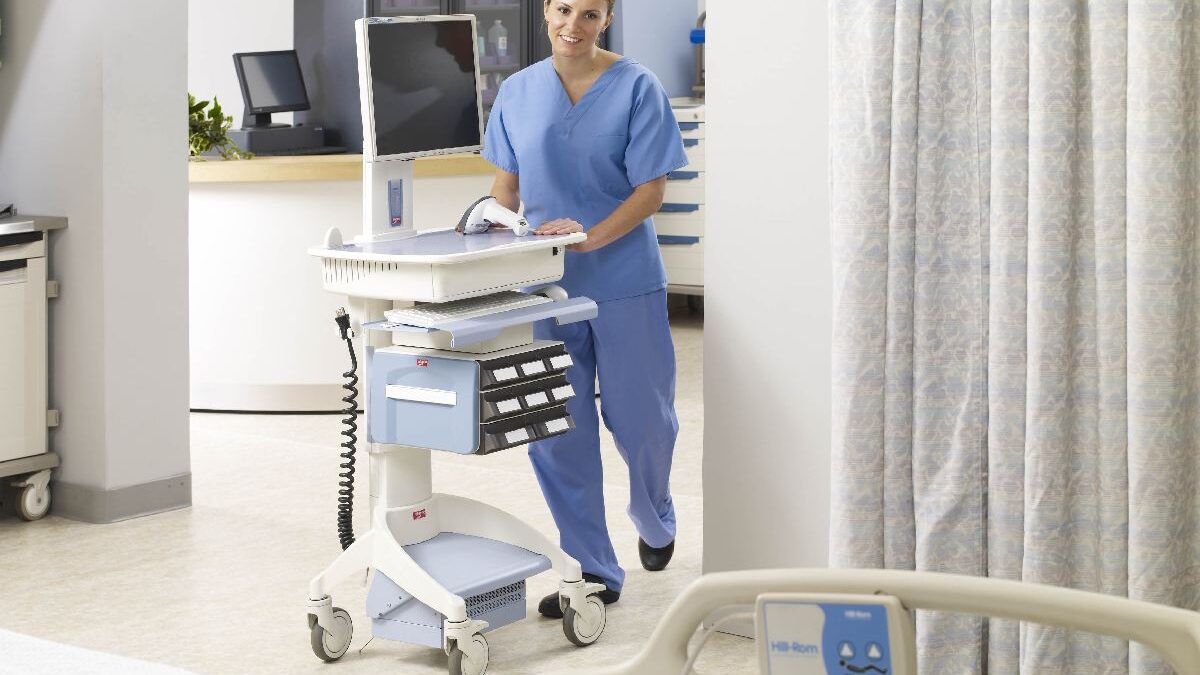Every medical environment has different equipment needs. This goes for practically every tool used. A good example of this is medical carts, and what applies from one facility to another. A dentist might have very different needs in a medical cart than, for example, a doctor’s office or an ER.
What follows is a list of three of the most common features medical professionals find useful in hospital carts, regardless of their specific purpose.
Maneuverability
As painfully obvious as this might seem, being able to move a medical cart easily from place to place is critical. This is even true if the intended movement is limited to only a single room or area. This might be true to a greater or lesser extent, depending on the facility, but it’s still something to be cognizant of when making a selection.
Another matter to be considered when discussing the maneuverability of a medical cart is what it is being used for. If, for example, a cart is being used with a lot of heavy equipment on it, it would be a good idea to make sure that there are big handles and four directional wheel casters to ensure easier movement. Make sure also there is consideration given to vertical stability to make sure heavier loads don’t cause the cart to tip over.
Organization
A medical cart should be made that keeps things tight and not hanging all over the place. Carts that allow things to be hung on the sides are more difficult to move from place to place without those things getting caught on other items as the carts move around. Medical carts that permit things to move around also encourage the breakage of components and the things they carry. They can be the cause of injuries to users.
Along the same line of the organization is keeping tools and supplies together in one place. A good medical cart is built with compartments and dividers that keep things separate, organized, and easy to find when they are needed.
Inventory and Cable Management
A good medical cart will allow certain things to be kept neat and orderly when needed and inventoried. They also allow users to work on surfaces well with the equipment they carry with them. This is also important due to the varied types of equipment and supplies being used from area to area.
Generally speaking, engineers have done an excellent job of designing space that will accommodate different types of equipment and supplies. It might be true that medical devices are getting smaller and smaller, making them easier to carry and move, medical carts remain the same size in accordance with IEC 60601 standards, and other issues.
These standards are maintained by designers and makers to ensure that the carts of tomorrow not only fit the users’ needs but comply with the established standards. These include things such as allowing proper time and materials management and more practical matters such as including room for cables and other materials.
It doesn’t take a lot to recognize how obvious some of these standards are and how important they are to maintain in a clinical environment. By keeping these standards, both makers and clinicians can contribute equally to their mutual desire to serve patients.

